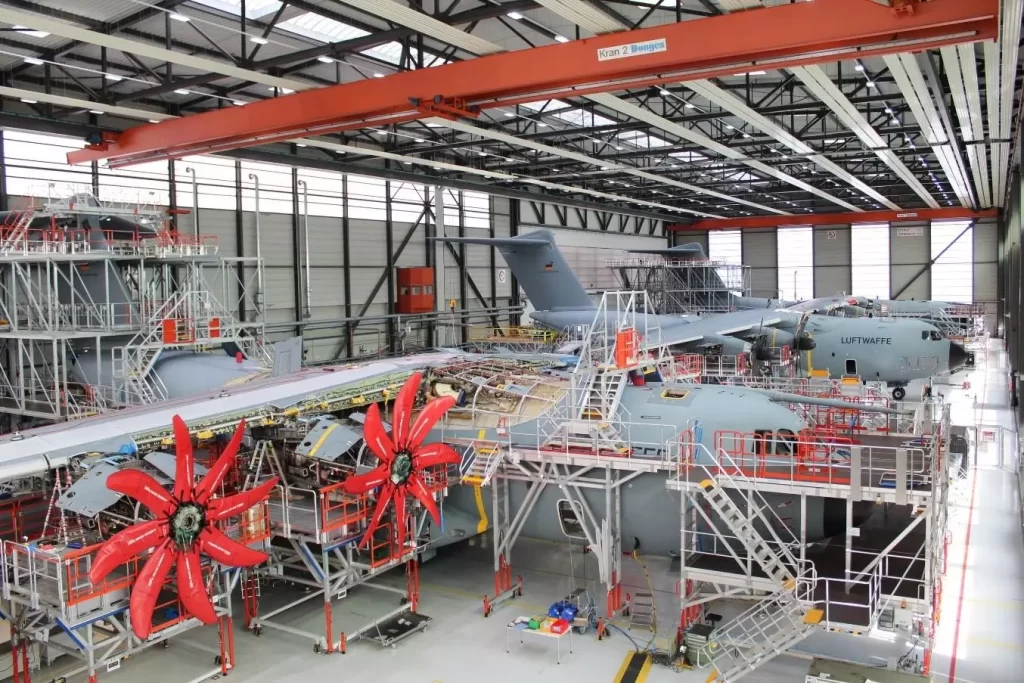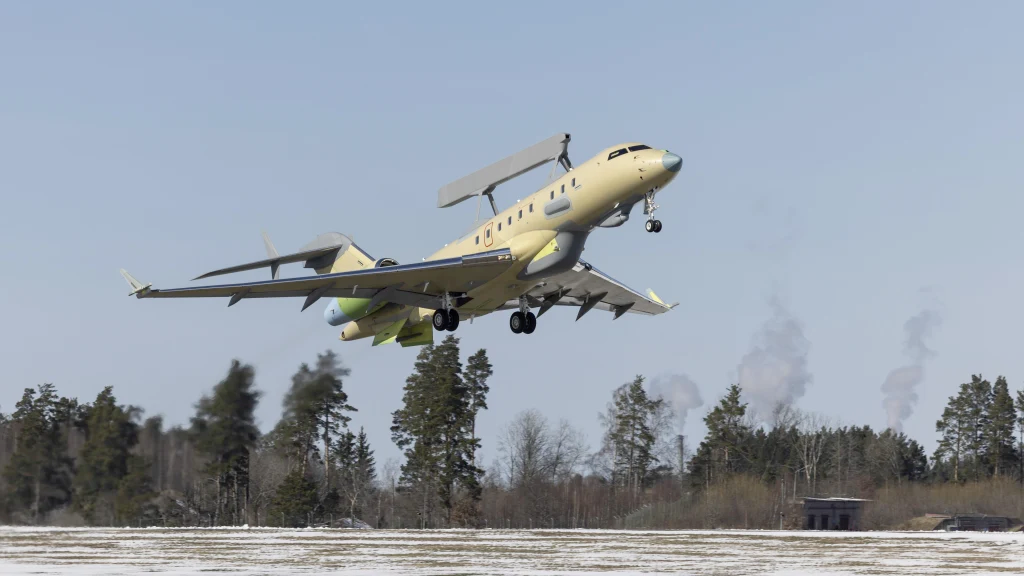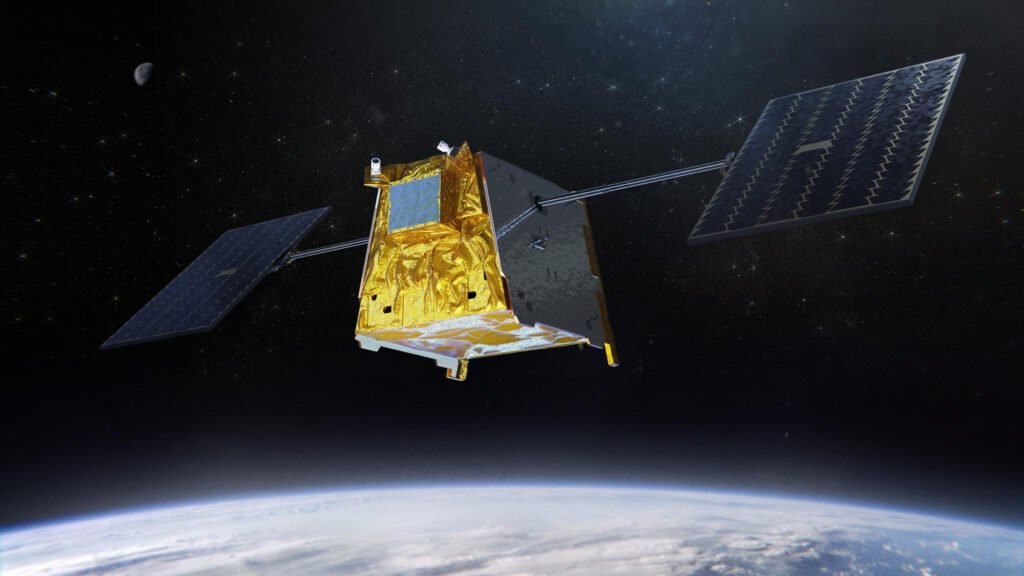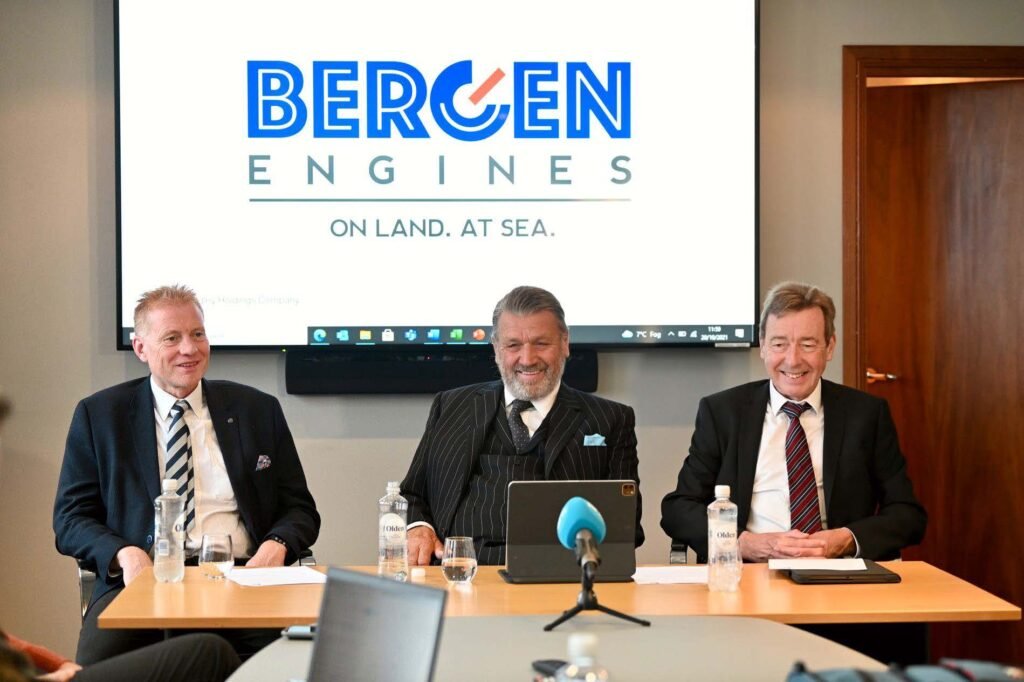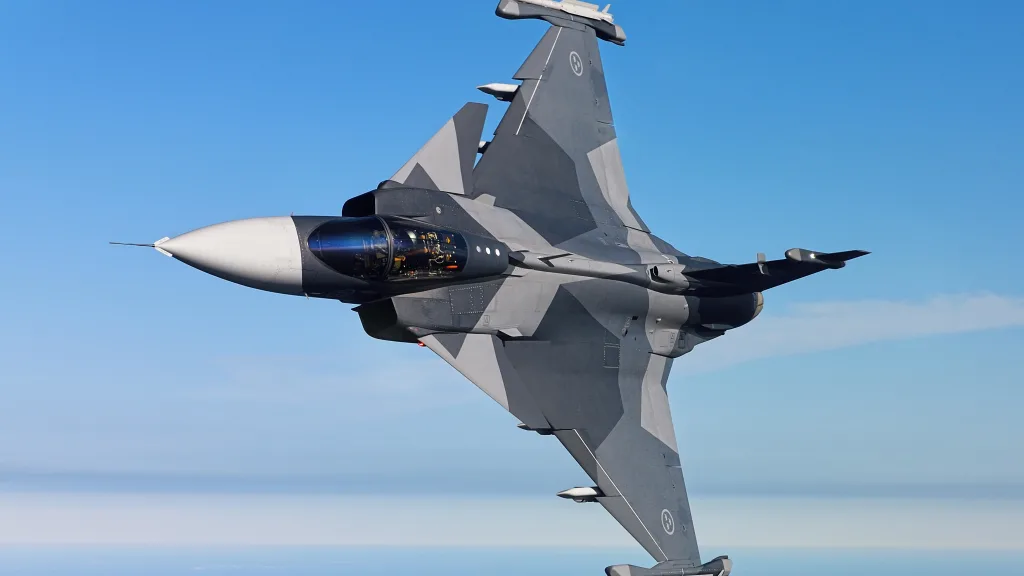Germany renews A400M In-Service Support contract with Airbus
Munich, 3 July 2023 – The Federal Office of Bundeswehr Equipment, Information Technology and In-Service Support (BAAINBw) in Koblenz, Germany has awarded Airbus (OTC: EADSY) with a contract renewal for the Luftwaffe’s A400M In-Service Support.…
